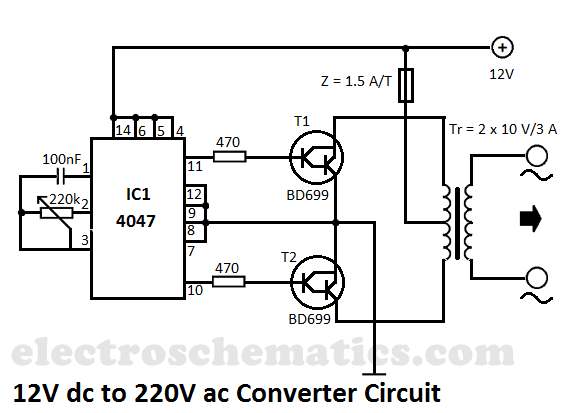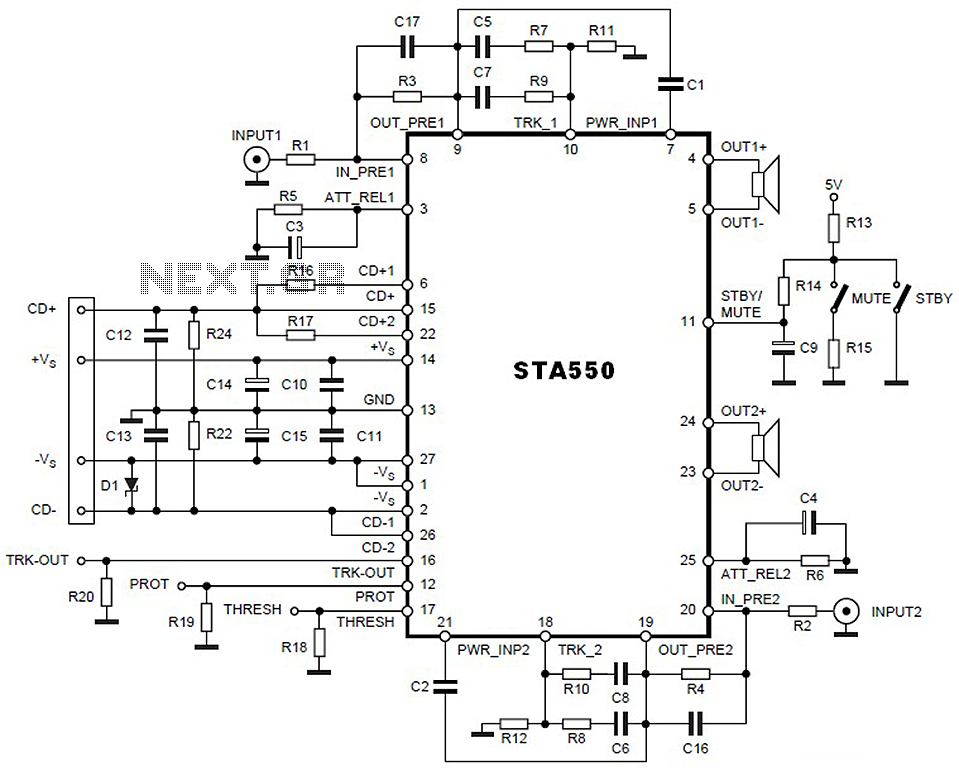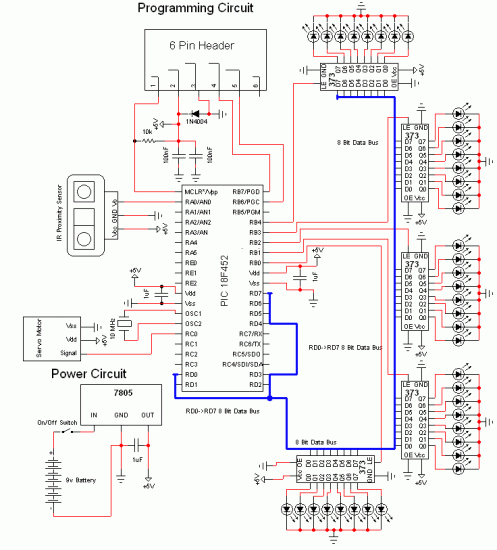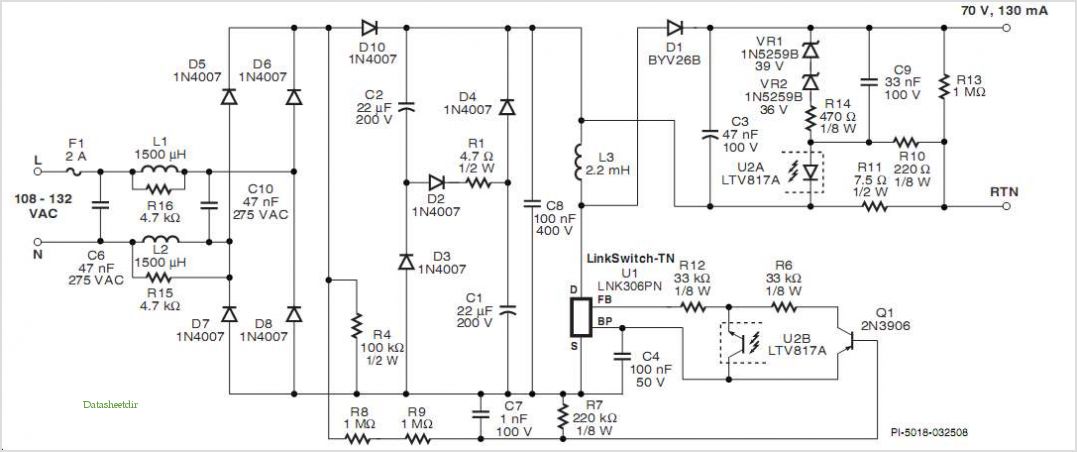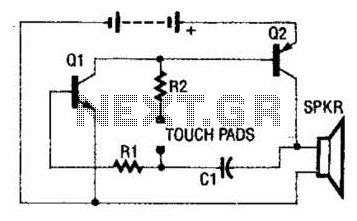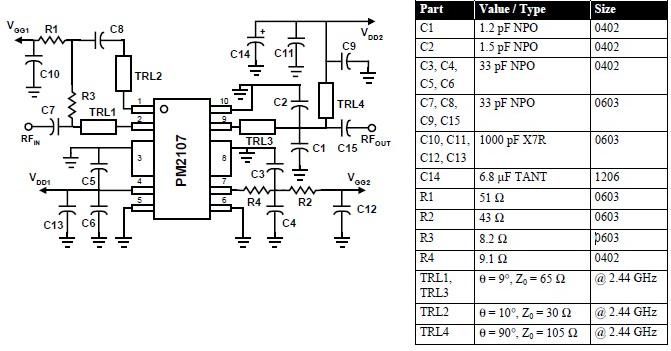
Speed-Control Switch Circuit
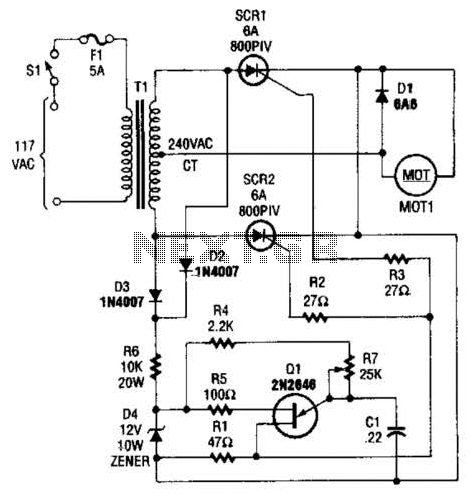
The speed-control switch provides effective control and stability across its entire operating range. This circuit utilizes two SCR devices arranged in a full-wave configuration to manage the DC power supplied to a motor. A center-tapped transformer is employed to provide the necessary power to the SCRs.
The speed-control switch circuit employs a dual SCR arrangement to facilitate the control of DC power to a motor, allowing for variable speed operation. The full-wave configuration of the SCRs enables efficient power delivery by allowing both halves of the AC waveform to be utilized, thereby improving the overall efficiency of the motor control system.
The circuit begins with a center-tapped transformer that provides the necessary AC voltage. The center tap serves as a neutral point, allowing the two SCRs to be triggered alternately, thus controlling the average voltage and current supplied to the motor. This method of control is advantageous as it minimizes power losses compared to other control methods, such as resistive control.
The SCRs are triggered into conduction by a gate signal, which can be modulated to adjust the firing angle of the SCRs. By varying the firing angle, the effective voltage applied to the motor can be controlled, resulting in variable speed operation. This provides the user with the ability to finely tune the motor speed according to specific operational requirements.
In addition to the SCRs and transformer, the circuit may include additional components such as diodes for flyback protection, capacitors for filtering, and resistors for biasing and limiting current. Proper heat dissipation methods must also be considered, as SCRs can generate significant heat during operation.
Overall, this speed-control switch circuit is an effective solution for applications requiring precise control of motor speed, combining simplicity with robust performance. The speed-control switch offers reasonably good control and stability to both ends of its operating range. This circuit uses two SCR devices in a full-wave configuration to control the dc power to a motor. A center-tapped transformer is used to supply the SCRs. 🔗 External reference
The speed-control switch circuit employs a dual SCR arrangement to facilitate the control of DC power to a motor, allowing for variable speed operation. The full-wave configuration of the SCRs enables efficient power delivery by allowing both halves of the AC waveform to be utilized, thereby improving the overall efficiency of the motor control system.
The circuit begins with a center-tapped transformer that provides the necessary AC voltage. The center tap serves as a neutral point, allowing the two SCRs to be triggered alternately, thus controlling the average voltage and current supplied to the motor. This method of control is advantageous as it minimizes power losses compared to other control methods, such as resistive control.
The SCRs are triggered into conduction by a gate signal, which can be modulated to adjust the firing angle of the SCRs. By varying the firing angle, the effective voltage applied to the motor can be controlled, resulting in variable speed operation. This provides the user with the ability to finely tune the motor speed according to specific operational requirements.
In addition to the SCRs and transformer, the circuit may include additional components such as diodes for flyback protection, capacitors for filtering, and resistors for biasing and limiting current. Proper heat dissipation methods must also be considered, as SCRs can generate significant heat during operation.
Overall, this speed-control switch circuit is an effective solution for applications requiring precise control of motor speed, combining simplicity with robust performance. The speed-control switch offers reasonably good control and stability to both ends of its operating range. This circuit uses two SCR devices in a full-wave configuration to control the dc power to a motor. A center-tapped transformer is used to supply the SCRs. 🔗 External reference
